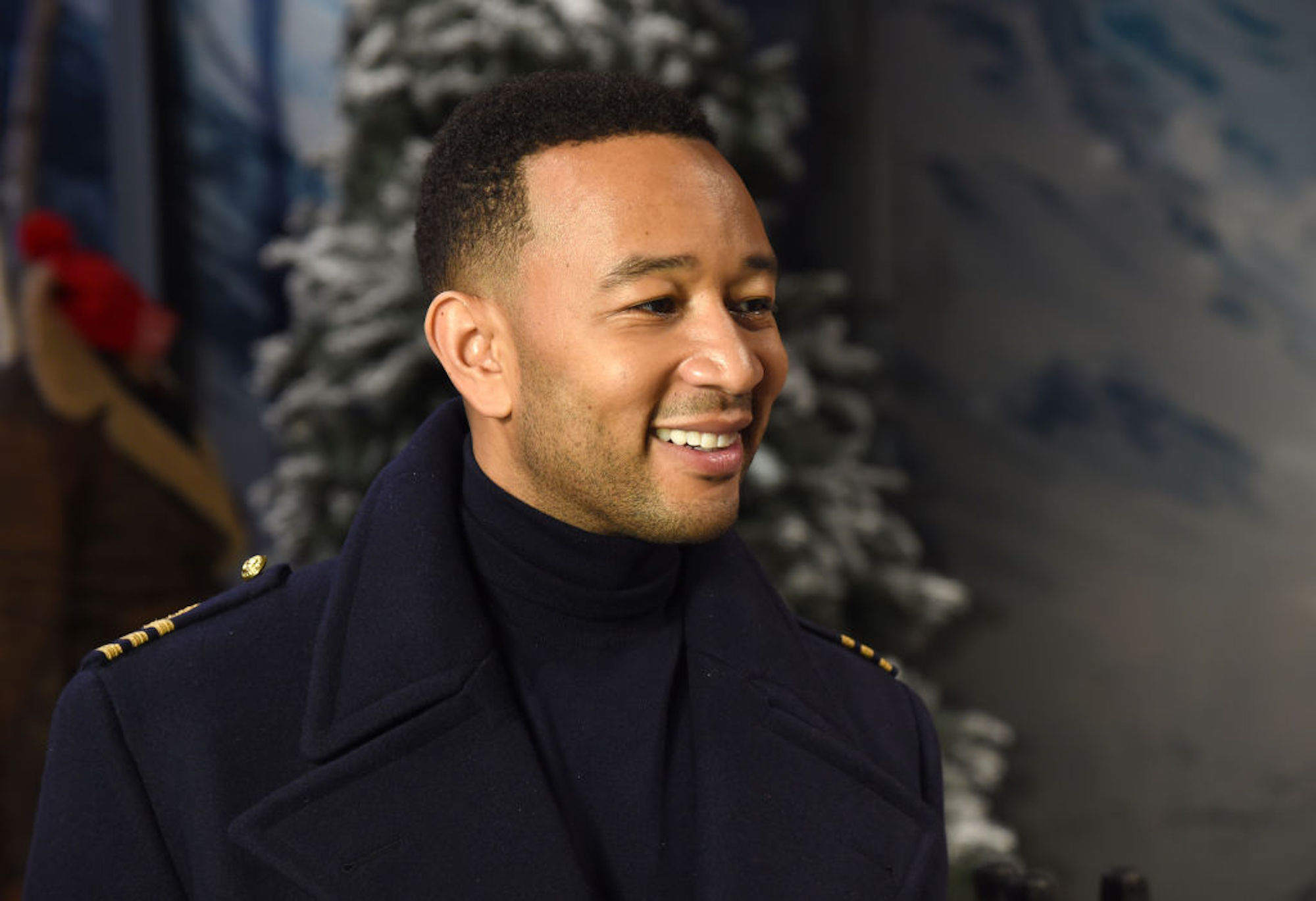Why John Legend Learning to Swim Is Such a Big Deal

Credit to Author: Taylor Hosking| Date: Tue, 29 Jan 2019 23:17:28 +0000
John Legend announced on Twitter on Monday that he was taking swimming lessons for the first time in his adult life, and the internet swooned at the adorable image of the singer paddling around a pool in water wings. Olympic-level swimmers and fans alike came out of the woodwork, offering lessons and applauding Legend for his late-in-life dedication to learning.
The news was doubly important to the black community because of the pervasive stereotype that black people can’t swim, which can make it hard for some to admit when that’s really the case. Legend seems to have no such qualms, admitting right off the bat that he “can’t really swim” and adding that his father, Ronald Stephens, learned to swim at 60.
The black community does have fewer strong swimmers on average. According to a 2017 study by the University of Memphis and USA Swimming Foundation, 64 percent of African American kids self-reported low or no swimming ability, compared to 45 percent of Latinx kids and 39 percent of white children. As the study suggests, it’s a disparity created and perpetuated by decades of segregation and discrimination, which limited the swimming areas black people could access.
The reluctance of black people to admit when they can’t swim is so common it’s become a joke. On the ABC show Black-ish, there’s an episode called “Sink or Swim,” where Andre Johnson (Anthony Anderson) doesn’t want his white neighbors to think he’s a stereotypical black person who can’t swim—even though he truly doesn’t know how. When he bends to the pressure to get in the water at a pool party, he makes an even bigger scene by splashing around in a panic. In this case, it’s comedic.
But this type of denial obscures the fact that not knowing how to swim has bleak consequences for the black community. A 2014 study by the Centers for Disease Control and Prevention found that black children aged 5–19 are 5.5 times more likely to die in swimming pools than their white counterparts. The disparity is even greater for black kids aged aged 11-12, who are ten times more likely to drown.
Racist policies at pools and beaches during segregation perpetuated the culture of black people avoiding water in the decades that followed. As Jeff Wiltse, professor of history at the University of Montana and author of Contested Waters: A Social History of Swimming Pools in America, explained to NPR, in the 1920s and 30s, cities across the country built thousands of public pools, but they were intended exclusively for white people. Many beaches were off-limits to people of color, as well. When segregation ended in the 1960s, some cities in the south drained their pools, making the statement they’d rather destroy communal spaces than share them. In the north, white people stopped going to public pools in such large numbers that cities neglected to invest in their upkeep.
Pools and beaches became sites of vicious racism, generating powerful stories like that of black singer and activist Harry Belafonte swimming in a “whites only” pool in Las Vegas, or a white motel manager purposefully pouring harmful chemicals into a pool where black people, including children, were swimming. After a while, black people began considering it better to stay safe and dry than sorry. As writer Jerry Brewer put it in an op-ed for the Washington Post, “I can’t swim. My grandmother jokes that she never wants to be in more water than she can drink, and I pretty much agree. So does my mother. And my aunts. And my uncles. And most of my cousins.”
Legend grew up in Springfield, Ohio, an area where many African Americans wound up after leaving the south during the Great Migration. Though the region is dotted with rivers and the Great Lakes, black communities in Midwest cities are often located far from these bodies of water. Legend’s wife Chrissy Tiegen told PEOPLE in 2016 that the couple is making an effort to teach their kids to swim—and learn themselves—to give them opportunities they didn’t have as kids. “I have no fear of water. John has no fear of water. Or animals, or sharks or what have you. We just didn’t have water in our face when we were growing up,” she said.
Legend and Tiegen are part of a growing movement working to address the racial swim gap. Black sorority Sigma Gamma Rho, for example, started the initiative Swim 1922 six years ago, which hosts swim clinics and other events around the country aimed at teaching kids to swim. Olympian Cullen Jones penned an op-ed for Ebony in 2016 to raise awareness about the issue. But since it’s hard to sustain a national dialogue on the topic, many were stoked to see Legend giving it some shine.
Legend has yet to explicitly connect his personal goal of learning to swim with larger societal implications, but as an artist who’s rarely shy about using his platform to fight for social justice, perhaps the glowing response to his announcement on Monday will encourage him to be even more transparent about his progress as he improves in the pool.
Sign up for our newsletter to get the best of VICE delivered to your inbox daily.
Follow Taylor Hosking on Twitter and Instagram.
This article originally appeared on VICE US.